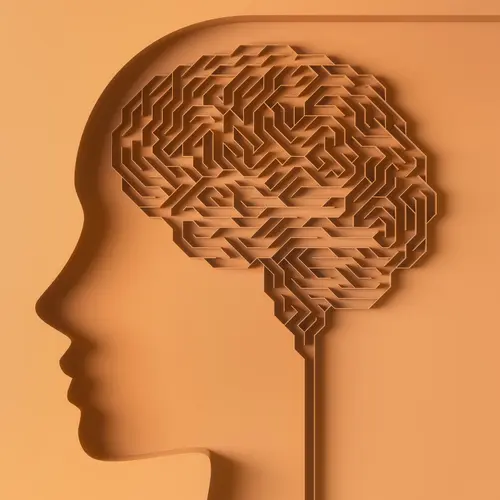What Is a Shared Psychotic Disorder?
A shared psychotic disorder is a rare type of mental illness in which a healthy person starts to take on the delusions of someone who has a psychotic disorder such as schizophrenia.
For example, let’s say your spouse has a psychotic disorder and, as part of that illness, believes aliens are spying on them. If you have a shared psychotic disorder, you’ll start to believe in the spying aliens. But apart from that, your thoughts and behavior are normal.
People with psychotic disorders have trouble staying in touch with reality and often can’t handle daily life. The most obvious symptoms are hallucinations (seeing or hearing things that aren’t real) and delusions (believing things that aren’t true, even when they get the facts).
Troubled Ties
Shared psychotic disorders usually happen only in long-term relationships in which the person who has the psychotic disorder is dominant and the other person is passive.
These pairs tend to have a close emotional connection to each other. But apart from that, they usually don’t have strong social ties.
Shared psychotic disorders can also happen in groups of people who are closely involved with a person who has a psychotic disorder (called folie à plusiers, or "the madness of many"). For instance, this could happen in a cult if the leader is psychotic and their followers take on their delusions.
Experts don’t know why it happens. But they believe that stress and social isolation play a role in its development.
Diagnosis
If someone has symptoms of a shared psychotic disorder, they’ll answer questions about their physical and psychiatric history and possibly also get a physical exam.
There are no lab tests that specifically diagnose shared psychotic disorders. So doctors may use tools such as brain imaging (including MRI scans) and blood tests to rule out other causes.
If the doctor finds no physical reason for the symptoms, they might refer the person to a psychiatrist or psychologist. These mental health experts will talk to the person, listen to their symptoms, observe their attitude and behavior, and want to know if the person is close to someone who is known to have delusions.
Treatment
Partly because shared psychotic disorders are rare, effective treatments are not well-established. Usually, treatment involves separating the person who has the shared psychotic disorder from the person who has the psychotic disorder.
Treatments for the person with the shared psychotic disorder might include:
Psychotherapy:This type of counseling can help someone recognize the delusions and get back to healthy thinking. This is often hard because a person with the delusional disorder may not be able to see the problems in their thinking. Psychotherapy also aims to ease emotional distress from the condition and the relationship with the mentally ill person.
Family therapy involves the family of the person who has the shared psychotic disorder. Goals may include boosting the person’s activities and interests, developing healthy social ties, and helping someone stick to their meds and get their life back on track.
Medication.If the symptoms continue even after separating the person from their contact who has a psychotic disorder, they may need to take antipsychotic medicines for a short time. Sometimes, doctors also prescribe tranquilizers or sedatives to ease intense symptoms such as anxiety, extreme restlessness, or insomnia.
What Can Happen
If they're not treated, shared psychotic disorders can become an ongoing problem. People with a delusional disorder often don't realize that they need treatment and may choose not to take prescribed medications.
But with treatment, a person with a shared psychotic disorder often may have a good chance for recovery.
Can Shared Psychotic Disorders Be Prevented?
No. The key is to diagnose and treat them as soon as possible so they do less damage to the person's life, family, and friendships.

